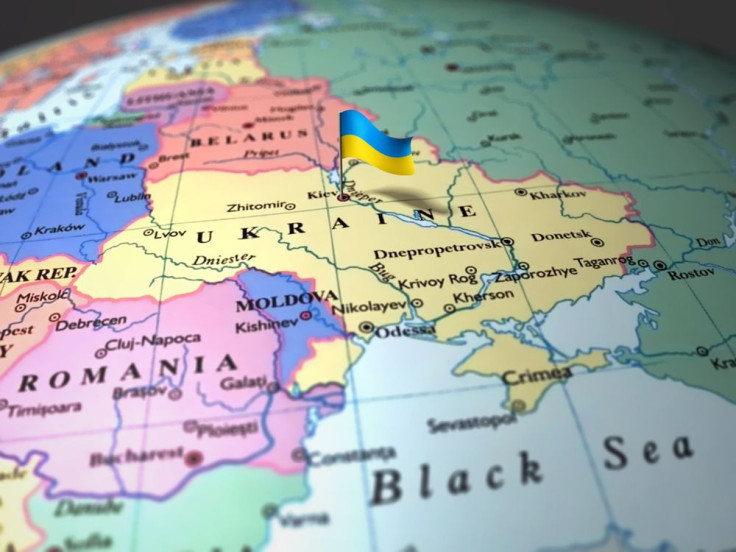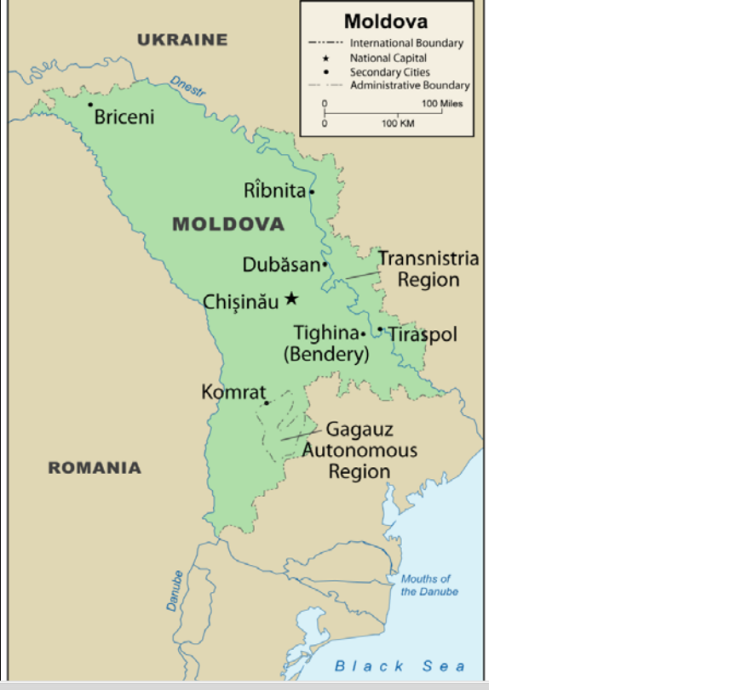Russia Conducts Military Exercises In Moldova's Breakaway Region Of Transnistria Near Ukraine's Western Border, Escalating Tensions

Days after a top NATO commander warned of Russia’s military buildup on Ukraine’s eastern border, Russian troops staged military exercises in Moldova’s breakaway region of Transnistria, which borders Ukraine on the southwest, the Russian news agency Interfax reported Wednesday.
"There is absolutely sufficient [Russian] force postured on the eastern border of Ukraine to run to Transnistria if the decision was made to do that, and that is very worrisome," U.S. Air Force Gen. Philip Breedlove, NATO's supreme allied commander in Europe, said Sunday at the Brussels offices of the German Marshall Fund of the United States, a Washington, D.C.-based think tank. That would mean an invasion across the heart of the country.
Transnistria is not recognized as an independent state by any U.N. member nation, and Moldova, a former Soviet republic that was once part of Romania, considers it an autonomous region within its borders. As in Crimea, the majority of the population in Transnistria are ethnic Russians.
A spokesperson for the head of Russia's Western Military District said forces stationed in Transnistria had "conducted an anti-terrorism drill and practiced operations to rebuff an attack on their military base," according to Interfax, as reported by Sydney Morning Herald in Australia.
The news follows reports by Breedlove that a “very, very sizeable and very, very ready" Russian force is massing on Ukraine’s eastern border. He added that Russia was acting more like an adversary than a partner, making NATO rethink its positioning and readiness of forces in Eastern Europe. Moldova is not in NATO but has signed a trade agreement with Europe, which angered Russia.

Moscow's ambassador to the EU, Vladimir Chizhov, said Monday that Russia did not have "expansionist views" and was not looking to make a move on Ukraine itself from Crimea or the eastern border.
Last week, Transnistria's secessionist government appealed to Russia’s legislative assembly to grant it admission into the Russian Federation, even though it has no border with Russia. In 1992, a conflict erupted between Moldova’s government and ethnic Russian separatists, leaving 300 people dead. Later that year, a cease-fire was brokered, which led to a demilitarized zone that was enforced by the Russian army. To date, there are approximately 2,000 Russian troops stationed in Transnistria, who guard huge weapons and ammunition stockpiles.
While the majority of Moldovans see themselves as culturally close to Romania, 200,000 people in Transnistria are ethnic Russians and have Russian citizenship, which could serve as a pretext for Russian action. Moldova's population is roughly 4 million.
In the past, Russian leaders have asserted the right to intervene militarily in other ex-Soviet countries to protect fellow Russians, according to a 2013 Congressional Research Service report.
This is not the first time Transnistria said it wanted to join Russia. Back in 2006, the territory held a referendum favoring Russian accession, which coincidentally had the same percentage of pro-Russia votes that Crimea’s referendum had on Sunday, which was 97 percent.
© Copyright IBTimes 2025. All rights reserved.






















